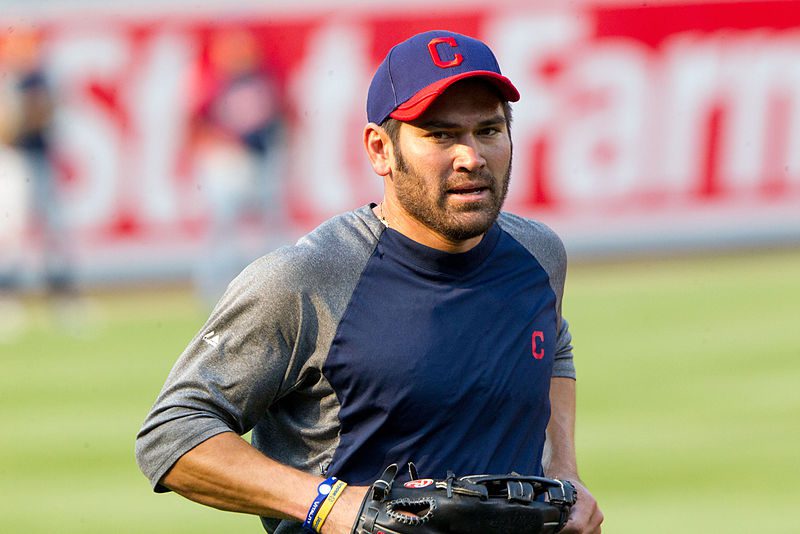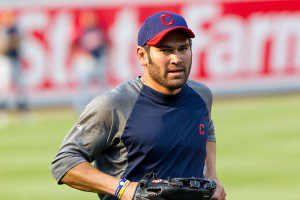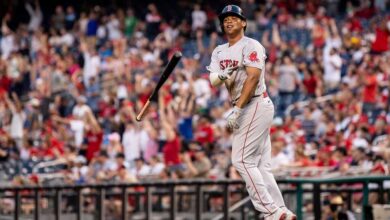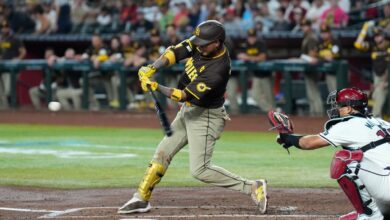

When the 2012 season got underway back in April, there remained a bunch of older “bat only” players sitting on the sidelines waiting for a phone call and a chance at one more season. Players such as Manny Ramirez, Vladimir Guerrero and Magglio Ordonez were unsigned, and through their agents, were signalling to teams they still had something to offer.
Obviously, the fear with older players that possess only the “hit” tool is their bat speed will regresses to the point where the only thing they can do with a good fast ball is line it into the weak side dugout. A few instances of this, and the older player will develop an anxiety to the pitch. They will begin uncoiling so early that they will have no chance of staying back on an off-speed offering, if the pitcher is ever nice enough to throw one.
Major league general managers are (mostly) smart enough to realize the effects of aging on a hitter. None were inclined to offer more than minor league contracts and invites to spring training for most of the former All-Stars that remained unemployed.
Over the course of the first few months, we saw Ramirez swallow his pride and accept a minor league deal with Oakland, and Guerrero with Toronto. Manny exhibited zero power in the minors and was released. Guerrero got fed up with a long stay in Las Vegas (eight games too many) and decided to call it quits. Ordonez, generating limited interest and not wanting to except a farm assignment, retired.
In mid-April, Johnny Damon accepted a deal with Cleveland. He was a good risk, as in the previous year, he had exhibited the ability to do good things with the fastball (had a 8.5 wFB in 2011, which is runs above average for the pitch type) and still possessed some semblance of a speed tool (19 steals in 25 attempts). After some minor league tune-up appearances, Damon remained in the pros with the Indians for about three months until he was cut last week. His 2012 wFB is -8.1, showing that Damon was getting obliterated by the heater.
Later in April, Hideki Matsui was signed by the Rays. He was viewed as riskier sign than Damon, because his 2011 season suggested his main skills, power and batting eye, had deteriorated. He hit 12 home runs in 2011 but slugged only .375 due to a wFB of -3.2. As we can see, Matsui was already having trouble with the fastball. An offseason full of no team workouts or spring training, and Matsui posts a -4.5 wFB in 2012 before being cut by Tampa Bay.
The question is, with teams already worrying about signing an older player due to declining bat speed, why are they waiting until late April or May to sign them? If I’m a GM, I want to get these guys in my camp as soon as possible to help get their timing, wrist strength, batting eye, etc., in order to give them the best chance of succeeding during the season. I’m sure part of this has to do with a player’s reluctance to sign a minor league deal, but don’t they want to give themselves the best chance at success, too?
The 2012 season has had some teaching points that hopefully the older free agent hitters and general managers picked up on. After the signing “bombs” that were Damon, Matsui, Manny and Guerrero, the market for that type of player is at complete rock bottom going into the 2013 off-season. Players and agents should understand this, sign minor league contracts and get the player working out as soon as possible. General managers should not wait until mid April, and expect a two week minor league schedule to tune these players into major league caliber hitters. If you are going to invest any resources into these players at all, sign them before February.
As a fan, I would love to see the Vlads and Mannys of the world be able to play the game until they truly can’t anymore. If that’s going to happen, teams and the players have to put themselves in positions to succeed.





